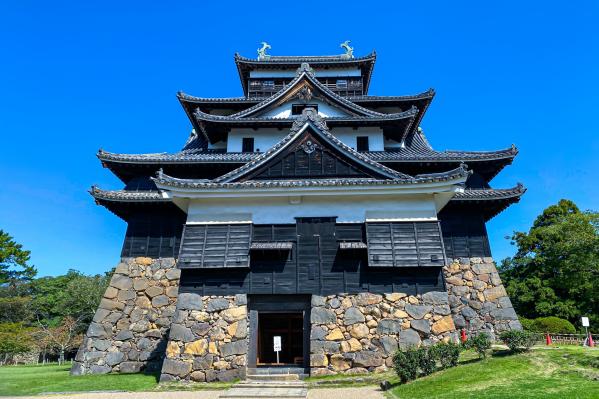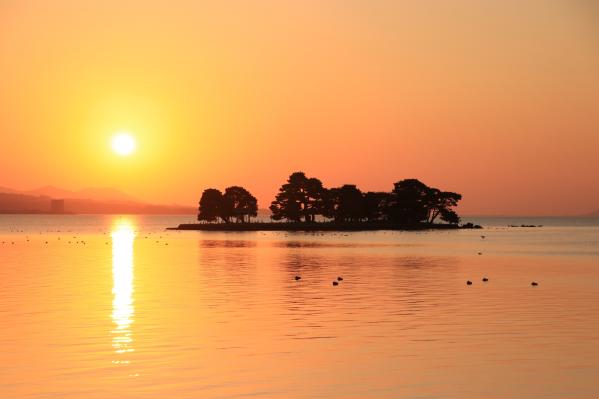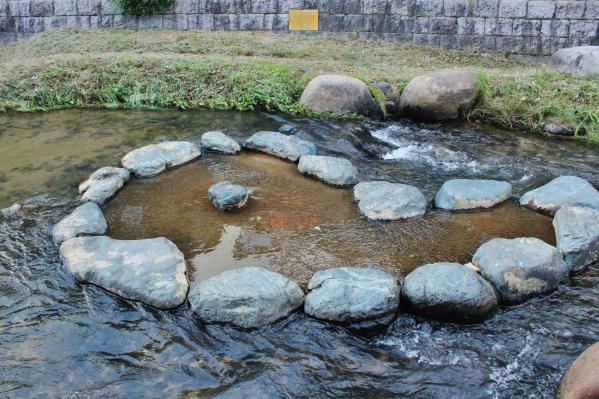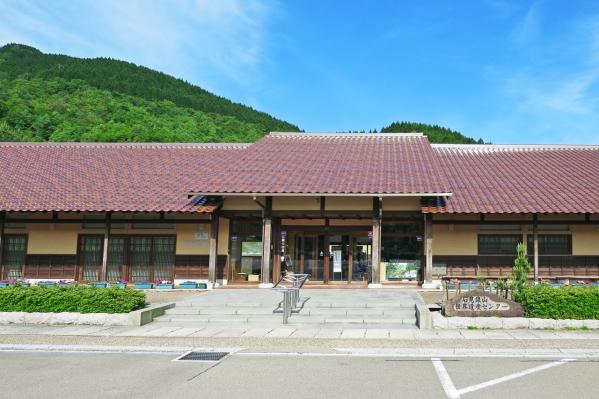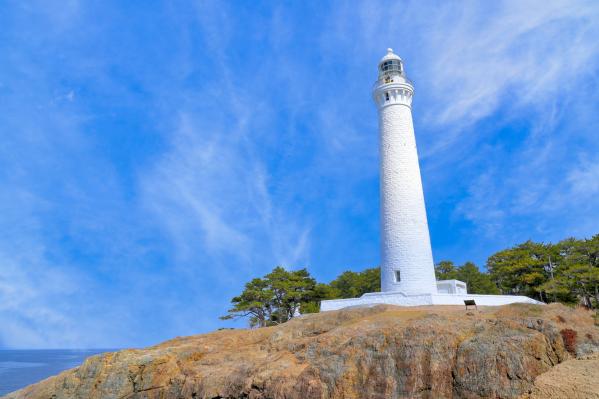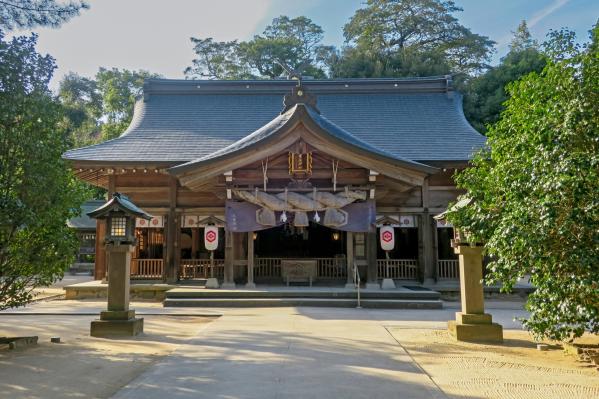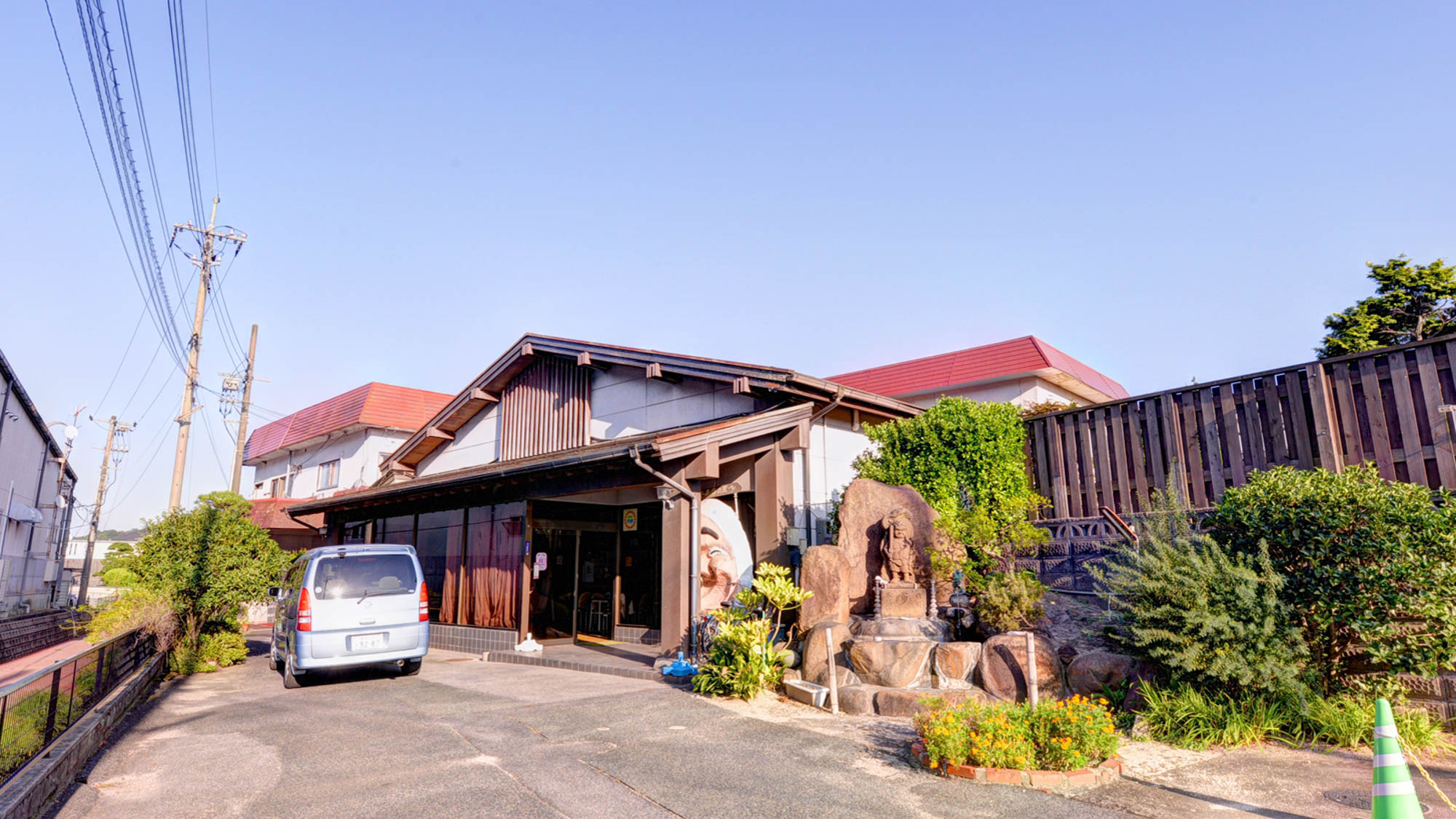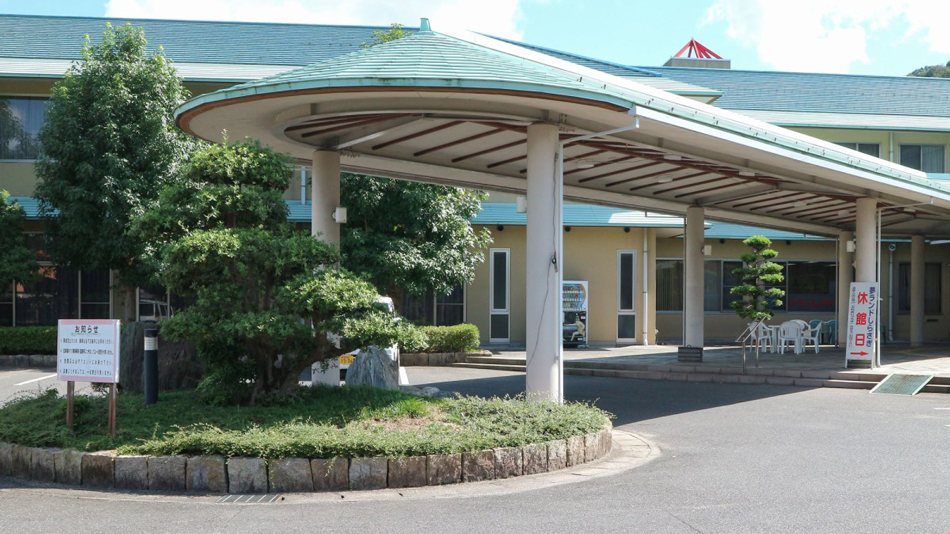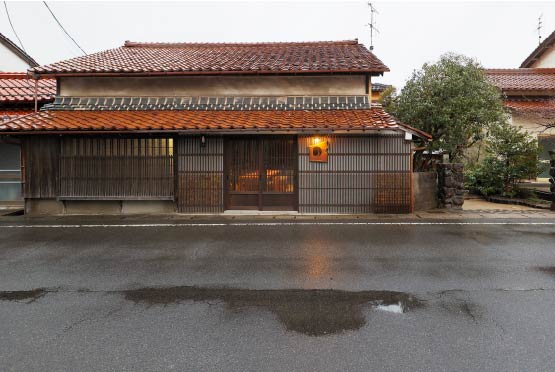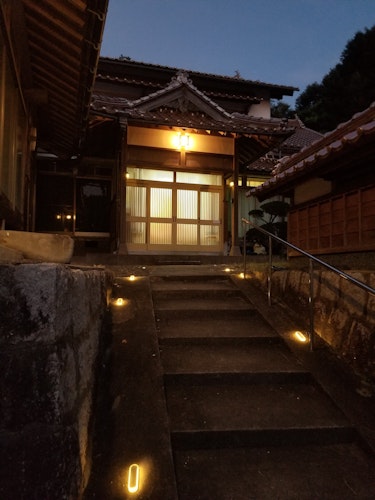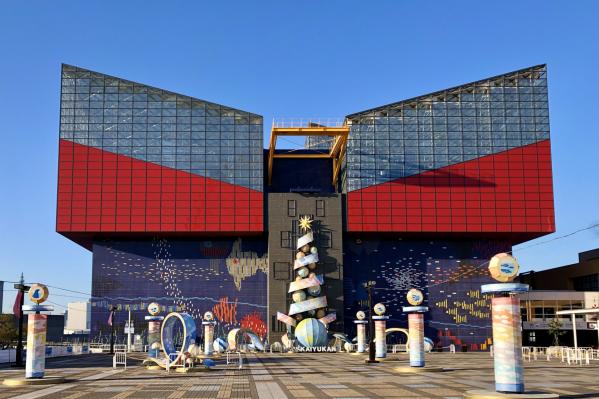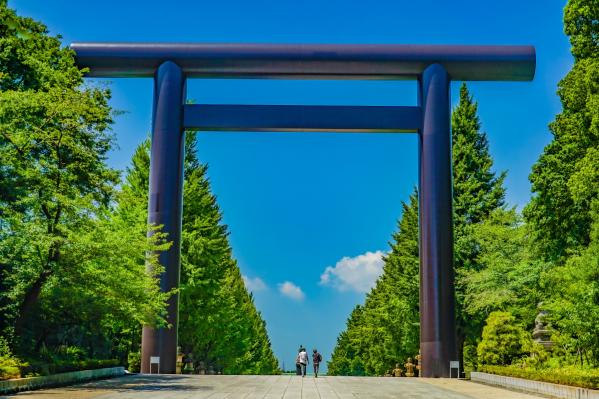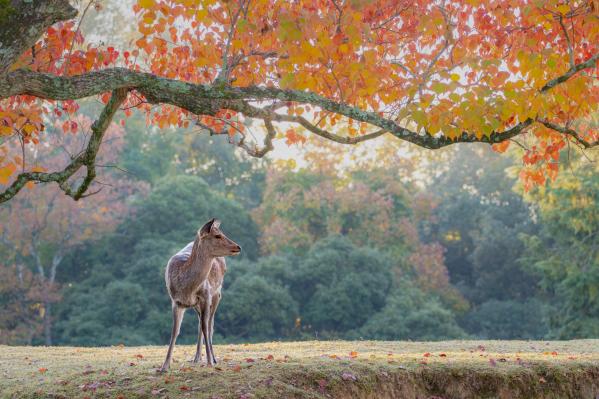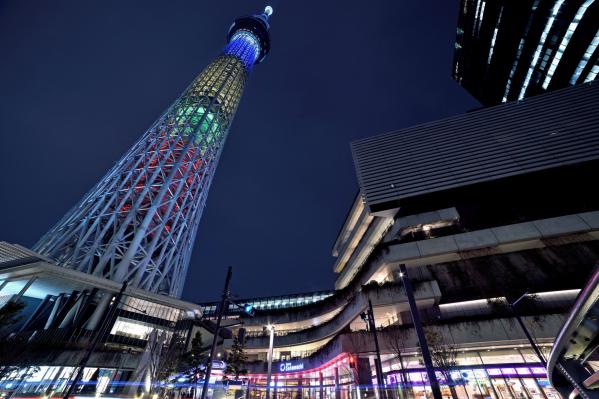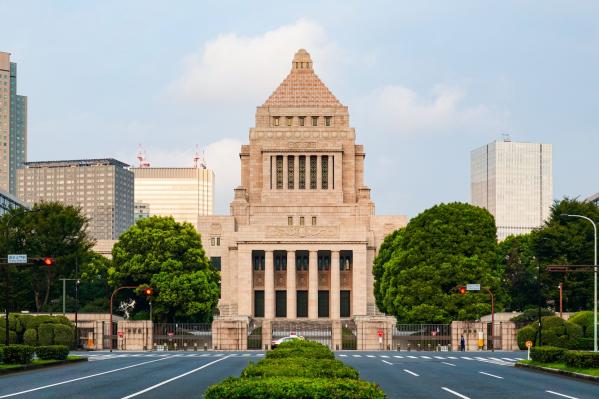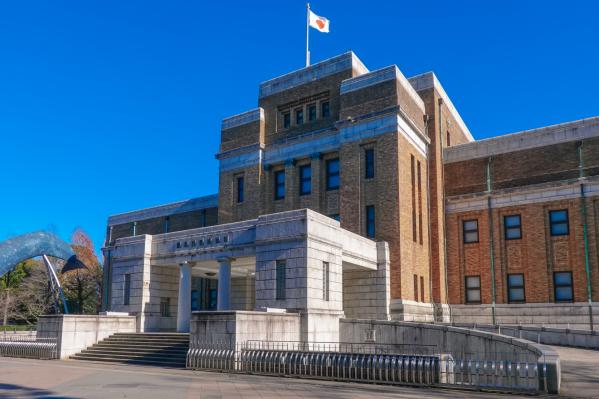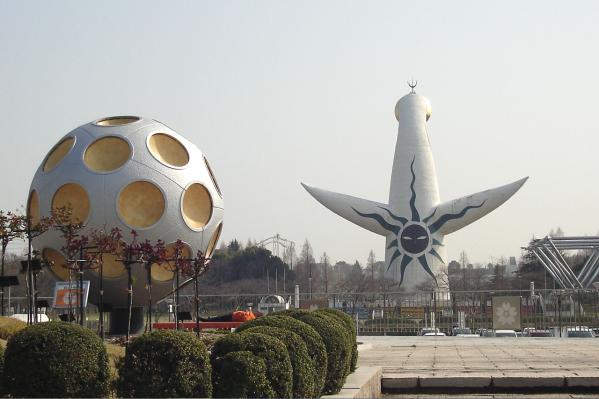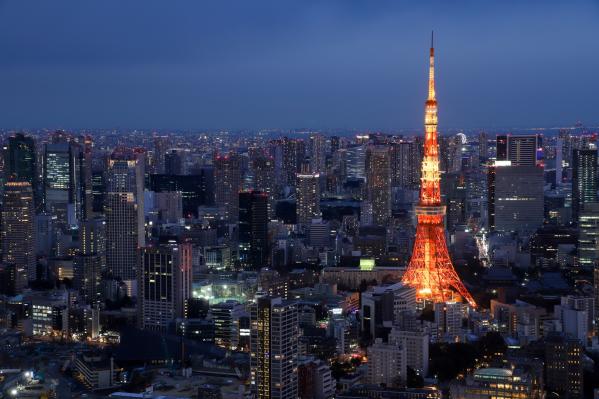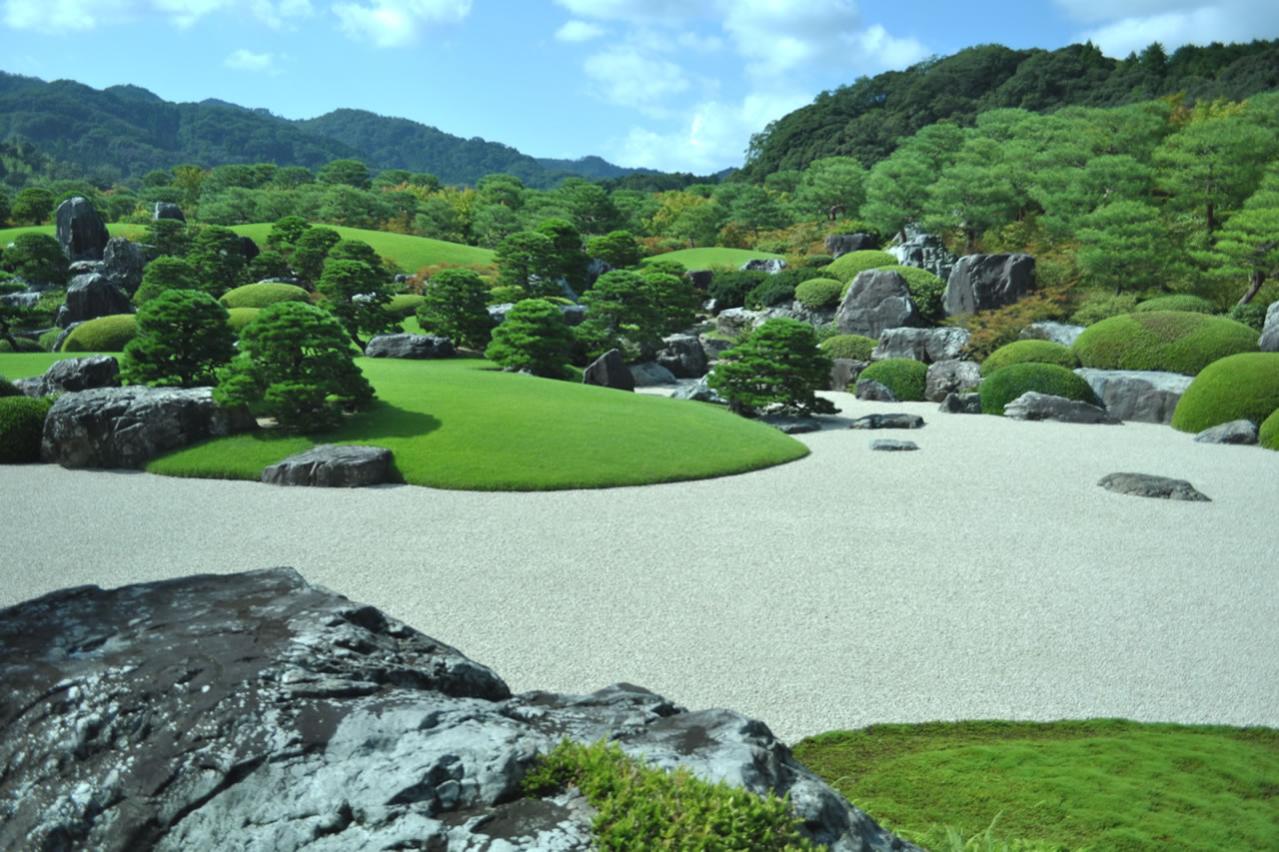
Adachi Museum of Art
The collection at Adachi Museum includes works by modern Japanese painters such as Seihō Takeuchi, Gyokudō Kawai, Tetsusai Tominaka, Shihō Sakakibara, and Shōen Uemura, with Yokoyama's works being among the finest in both quality and quantity, totaling around 120 pieces. His works are displayed in a special exhibition room where visitors can appreciate their delicate yet bold characteristics.
The museum's garden is renowned for its beauty, having been ranked as the best Japanese garden in Japan. Spanning 50,000 tsubo, the garden allows visitors to enjoy beautiful seasonal landscapes, particularly the "Hakusuna Seishō-tei," which is inspired by Yokoyama's famous piece "Hakusa Seishō," characterized by the impressive contrast between white sand and pine trees. The garden offers a luxurious setting to experience the beauty of Japan, with seasonal changes in displays to keep visitors engaged.
Adachi Museum of Art is known for its collection of Yokoyama's works and its stunning garden, making it an excellent place to immerse oneself in Japanese art and beauty. When you visit, take the opportunity to enjoy the harmony of Japanese art and nature.
Basic Information
- Spot Name
- Adachi Museum of Art
- Location
- 〒692-0064 320 Furukawamachi, Yasugi City, Shimane Prefecture, Japan
- Access
- - 20 minutes by free shuttle bus from JR Yasugi Station.
- 15 minutes by taxi from JR Yasugi Station.
- Approximately 25 minutes by Yellow Bus (Hirose-Yonago line to Hirose Bus Terminal), get off at Saginoyu Onsen / Adachi Art Museum.
- 15 minutes by car from San'in Expressway Yasugi IC. - Parking
- Available, free of charge, 400 standard cars
- Business Hours
- 9:00 AM to 5:00 PM (October to March) / 9:00 AM to 5:30 PM (April to September) [*Duration: 120 minutes]
- Regular Holiday
- Open year-round (only the new building has closing days)
- Fees
- <Admission fees> ・Adults: 2,300 yen ・High school students: 1,000 yen ・Middle school students: 500 yen ・Elementary school students: 500 yen ・University students: 1,800 yen
*2-year passport: 6,000 yen *Free admission for elementary, middle, and high school students on Saturdays (student ID required) - Contact Information
- Phone Number:0854-28-7111
- Official Website
Map
Detailed Information
▶ The Journey to Establishing the Museum
Zenko Adachi was born on February 8, 1899, in Furuawa, Iinari Village, Nogi District (now Furukawa Town, Yasugi City, the site of the museum). After graduating from elementary school, he helped with his family's farming, but seeing his parents work hard without rewards made him resolve to pursue a career in business. At 14, he began transporting charcoal from Hirose Town, about 3 km from the current museum, to Yasugi Port, covering a distance of 15 km with a handcart. While transporting the charcoal, he came up with the idea of retailing it. When he had surplus charcoal, he sold it door-to-door along the way to Yasugi, earning double the transport fees as income - this can be considered his first business venture. After various twists and turns, he started several businesses and, after the war, became known as an art collector, amassing Japanese paintings that had fascinated him since childhood. His interest in gardening, which he had always loved, gradually grew as well. Finally, in 1970, at the age of 71, he established the Adachi Museum of Art, hoping to give back to his hometown and contribute to the cultural development of Shimane Prefecture.
▶ An Episode on Painting Collection
Zenko Adachi's passion for collecting is well-known, but one of the most memorable events was his purchase of a collection of masterpieces by the great Japanese painter Taikan Yokoyama, including "Koyo" (Autumn Leaves), "Ameharu" (Rain Clear), and "Uchiso Natsuyasumi" (Four Seaside Subjects - Summer), from the Kitazawa Collection in 1979. He was deeply moved by "Koyo" (a six-panel folding screen) at a Yokoyama Taikan exhibition in Nagoya in 1978 and was determined to acquire it by any means necessary. After much effort, he discovered that a portion of the so-called "phantom collection" known for not being released to the public was in the hands of a trustee. This collection included nearly 20 of Taikan's works, most of which were exhibited. To his astonishment, it also contained "Ameharu," which he had cut out and framed from an art book and admired daily, even dreaming about it. After two years of hard work, as the talks regarding all of Taikan's works were nearly finalized, he was asked to remove "Ameharu" and "Uchiso Natsuyasumi" from the purchase list. He felt compelled to speak out saying, "It’s like a man who has courted a woman for two years and finally prepared for a night together only to have her run off with his pillow. Is that fair?" He passionately appealed at the trustee committee meeting, and ultimately the decision was made for the museum to acquire these works.
▶ Yokoyama Taikan and Zenko Adachi
Zenko Adachi stated in his autobiography:
"It seems that the Adachi Museum of Art is sometimes referred to as the 'Taikan Museum.' This may be due to the many masterpieces of Yokoyama Taikan, who has left an indelible mark on modern Japanese painting history, being collected here. Certainly, the foundation of the Adachi Collection is modern Japanese art, and the core, in both quantity and quality, is Taikan Yokoyama. Having been deeply enamored with Taikan’s greatness for many years, I feel a sense of fulfillment. If I were to describe Taikan's charm in one word, it would be the remarkable conceptualization and expressiveness he achieved. That is something likely no one can replicate. His vigorous spirit of inquiry and challenge, always seeking the new and claiming it as his own, imbues his works with impact, depth, and a harmonious composition. The reputation of him being a painter who comes around once every 100 or even 300 years likely stems from this. It is truly mysterious that I, a failure in many ways, have been connected to this great artist through art. It would bring me immense joy to find any resemblance to his fervor and commitment to life.”
Both Taikan, who revitalized the Nitten (Imperial Art Exhibition) with his fierce determination and continued to produce many masterpieces, and Zenko Adachi, who, since age 14, pulled a handcart through the snowy San'in region, building up from nothing to possess the best Taikan collection in Japan, share not only the experience of overcoming hardships but also a remarkable similarity in their exceptional ideas, outstanding concepts, and vigorous vitality. For instance, Taikan’s invention of a new technique, "Karabake," which revolutionized the Japanese art community, parallels Adachi's successful management of an art museum that welcomes over 500,000 top-class visitors annually, despite being a complete novice in museum operations. There is a resonance of free-thinking unrestrained by old ideas evident in both Taikan's vast range of works and Adachi's boundless conceptions.
Moreover, while Taikan’s unconditional dedication may seem grand and robust, he would always see off young craftsmen at the entrance, no matter how inebriated they might be, showing his sense of duty, while being super one-man-like, he humbly sought the opinions of newcomers like us, treating us as if we were his grandchildren. Even amid his busy schedule, he would prepare notes a day in advance for interviews with local newspapers, expertly responding with a light-hearted manner, afterwards collapsing from fatigue, which also seems to reflect a similarity.
▶ Dreams and Romance
Zenko Adachi held onto his dream and romance of making the Adachi Museum of Art a global hub until his death at age 91 in 1990. I remember him overseeing the garden, calling the gardener to give instructions at the slightest displeasure or expressing regret over missing a painting years earlier, saying, "Truly, encountering a masterpiece is like a human connection, it’s all about fate. Collecting paintings is not about money or price; you must seize the good ones with your eyes closed. I truly regret missing that painting. Even now, I sometimes wake up suddenly in the middle of the night remembering it and can't sleep." This reflects his fervent desire to convey the "heart that is moved by beauty" to others, showcasing that the essence of the Adachi Museum of Art is imbued with his spirit. I believe he continually wished for the museum to be one that would inspire everyone who visited.
Adachi Museum of Art Movies
Shimane Tourist Attractions
View ListMatsue Castle
Matsue Castle is one of the 12 existing tenshu in Japan and was designated as a national treasure in 2015. It is also known as "Chidori Castle," and its black main k...
Izumo Taisha Shrine
Izumo Taisha, located in Izumo Province (Shimane Prefecture), is widely known as the deity of matchmaking. This shrine enshrines Ōkuninushi no Ōkami, and many people...
Lake Shinji
Shinji Lake, located to the west of Matsue City, is one of Japan's top 100 scenic spots, renowned especially for its stunning sunsets. As a brackish lake, it is home...
Tamatsukuri Onsen
Tamatsukuri Onsen is one of the oldest hot springs in Japan, established during the Nara period, and is widely known as a beauty hot spring. The "Izumo no Kuni Fudok...
Iwami Ginzan Silver Mine World Heritage Center
When visiting Iwami Ginzan, it's highly recommended to first stop by the Iwami Ginzan World Heritage Center. Here, you can learn about the history of Iwami Ginzan, i...
Yushien Garden
Yushien is a Japanese garden located on Daikon Island, which floats in Lake Nakaumi. It features a pond and stroll garden that spans approximately 10,000 tsubo. The ...
Izumo Hinomisaki Lighthouse
Izumo Hinomisaki Lighthouse is located about a 20-minute drive from Izumo Taisha Shrine. Standing at a height of 63.30 meters above sea level and 43.65 meters to the...
Yaegaki Shrine
Yaegaki Shrine is known as the deity of matchmaking in Izumo, with Susanoo and Inada-hime as the main deities. The mirror pond on the shrine grounds is popular among...








